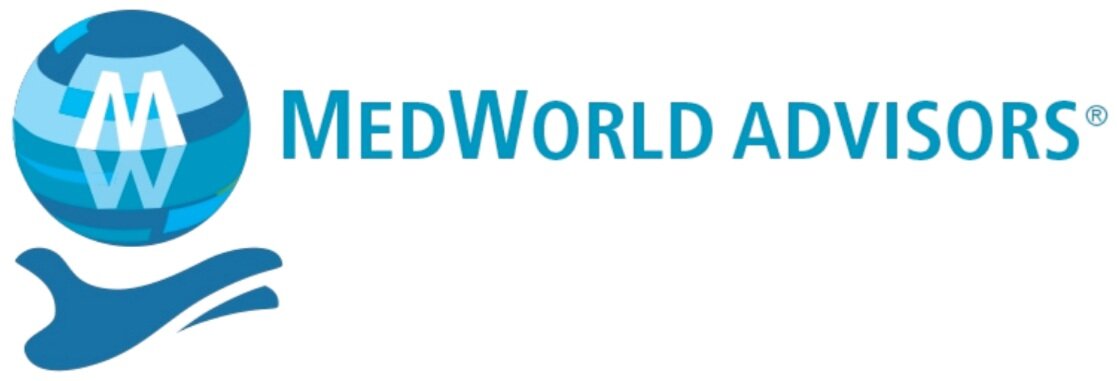Is Being an OEM Supplier Part of Your Strategy?
We work with quite a few companies in the medical device space who are looking for growth. We all know there are many ways to grow. One that can bring the best results with long lasting rewards is to become an original equipment manufacturer (OEM) supplier.
Being an OEM supplier isn’t to be confused with white labeling, where the manufacturer produces its own product under another brand name.
Rather, being an OEM supplier means they produce components or products that are sold to other companies to be integrated into products. Very often, the end user of the product won’t know an OEM supplier is involved in the finished product they buy.
For manufacturers, using OEM suppliers, especially in medtech is quite a common practice. In the field of constant need for innovation, keeping up with regulatory requirements, supply chain issues, and cost control it’s not unusual to bring in expertise and knowledge from a third party as a fully integrated part of the manufacturing process. An OEM supplier brings to the table their expertise, novel technologies, and special capabilities and as such become integrated partners with theOEMs.
What does it take to be an OEM supplier?
1. Customization and design collaboration: This one tops the list. It can involve design, putting some of your components together so they can integrate with your customer’s product or products, packaging, and so much more.
2. Partnership: As mentioned above, it’s not uncommon that an OEM supplier becomes a partner in designing solutions. Becoming a partner allows you to be close to your customer’s needs and create a close relationship turning you from a vendor/supplier to a partner in their success.
3. Intellectual property (IP): IP rights are uniquely important in the medtech industry – innovations can have significant commercial value and competitive advantage. Freedom to operate is also as important where IP could be challenged. OEM supplier agreements typically include provisions for protecting proprietary designs, technologies, and rights.
4. Cost efficiency: Knowing the needs of your customers will help you plan and scale your operations accordingly. For them, reduction of overhead and economy of scale will make a huge difference in costs and improve efficiencies.
5. Supply management: Requires scalability on all fronts. To be an effective OEM supplier, supply chain management is critical to ensure timely delivery of products to the purchasing company. From raw material sourcing to production scheduling, inventory management, and logistics coordination will all be key. It should be seamless for your customer.
6. Quality control: Your role as an OEM supplier is to provide consistent quality, reliability, and on-time services. You become a specialized component that’ll be going in their products, so quality should be top of mind.
7. Regulatory: The medtech industry is heavily regulated to ensure patient safety and product efficacy. As an OEM supplier you must adhere to strict regulatory standards including quality management, documentation, and compliance procedures.
Being an OEM supplier can provide your company with growth and stability; it can be a win-win for both you and your customer and open the door to new opportunities.
Cheers to your success!
About the authors: CEO Florence Joffroy-Black is a long-time medtech M&A and marketing expert. She can be reached at florencejblack@medworldadvisors.com. Managing Director Dave Sheppard is a former medical OEM Fortune 500 executive and an experienced medtech M&A professional. He can be reached at davesheppard@medworldadvisors.com. Value = Strategic Fit + Timing® is a registered trademark of MedWorld Advisors.

